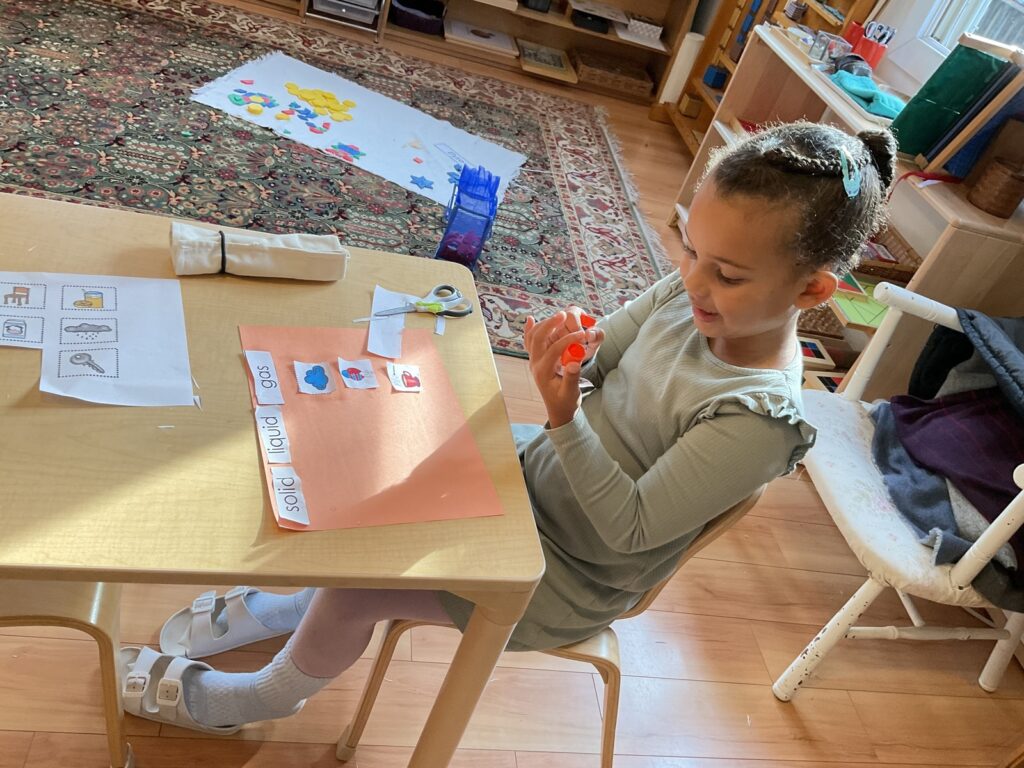Why Vineyard Montessori School
Fostering a lifetime love of learning is not only our motto - it happens every day in our amazing classrooms
Vineyard Montessori is more than just a school.
We are a community of active and passionate learners who embrace challenge, seek collaboration, and support one another at every turn. We understand that to teach the leaders of tomorrow, we need to give them the tools necessary to succeed today.
Type:
Co-educational day school
Total Faculty: 31
The island's largest provider of early education and care
Established in 1975
Grades:
Toddler through Grade 8
Total Enrollment: 107 students, ages 15 months through 14 years
Geographic Representation:
VMS draws families from Martha’s Vineyard and Cape Cod communities
Our Families
38% diverse
10 Board of Trustees Volunteers
Total Scholarship Amount Awarded
$203,000
Students served since 1975
2,200+
2022-2025 Strategic Vision
The parents, leaders and faculty are preparing the next generation of Martha’s Vineyard for future success, aiming to exceed the Massachusetts State Standards for each grade by fostering each student’s potential to become bright, outside-the-box thinkers – creative and open-minded about the future.
Virtual Tour

At VMS, we aspire to provide a rich educational experience for each child. This is achieved through:
- Deep respect for children as individuals
- Multi-age classes that allow teachers to develop close and long-term relationships with their students
- A prepared environment, which is responsive to the needs of the child
- Aesthetically pleasing Montessori materials
- Integrated curriculum
- Hands-on learning
- Self-expression that is nurtured in all students
We are also deeply committed to the arts, culture and our community. Our arts curriculum strives to make meaningful connections with the students’ classroom work and the community around them. Exploring the environment with various field trips, our students broaden the scope of their studies and bring meaning to their learning.
Vineyard Montessori School is a dynamic and innovative school, committed to providing an excellent educational foundation for each and every student. Our classrooms are designed to stimulate growth and the joy of learning in a warm and accepting environment. Our students feel secure and respected.
Based upon the work of Dr. Maria Montessori, who believed education is a preparation for life, not just the development of intellectual skills, VMS promotes a lifelong love of learning. We are fortunate to have highly trained and certified AMS teachers who offer a comprehensive curriculum built on Montessori philosophy and methodology, aligned with state academic standards and steeped in an experiential learning environment that is second to none other on Martha’s Vineyard.
Montessori education began over one hundred years ago, but it is more relevant today than ever. It is the fastest growing form of education in the country, because it prepares students for the 21st century world in a way that adapts to each child’s unique learning style and character.
